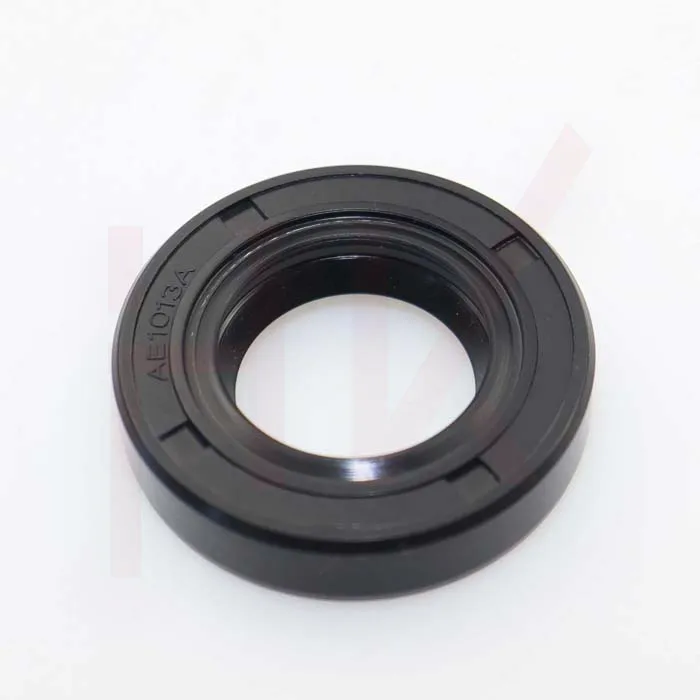មករា . 02, 2025 11:56 Back to list
hydraulic cylinder seal replacement
Hydraulic Cylinder Seal Replacement A Comprehensive Guide
Hydraulic cylinders are crucial components in various machinery, providing the necessary force to lift, move, or press objects. However, like all mechanical parts, they are subject to wear and tear, particularly their seals. Over time, seals can become damaged or worn, leading to leaks that can hinder performance or cause system failure. Replacing hydraulic cylinder seals is an essential maintenance task that can restore functionality and extend the life of hydraulic equipment. This article will guide you through the process of replacing seals in hydraulic cylinders, highlighting key steps and best practices.
Understanding Hydraulic Cylinder Seals
Hydraulic cylinder seals are designed to prevent fluid leaks and maintain the proper pressure within the cylinder. Typically, a hydraulic cylinder has two types of seals the rod seal, which prevents fluid from leaking past the rod, and the piston seal, which ensures that fluid does not escape between the piston and the cylinder barrel. Additionally, there are wiper seals that prevent dirt and debris from entering the cylinder.
Seals are made from various materials, including rubber, polyurethane, and thermoplastic elastomers. The choice of material depends on factors such as the working temperature, pressure, and the type of hydraulic fluid used.
Identifying the Need for Seal Replacement
Signs that your hydraulic cylinder seals may need replacement include
1. Visible Leaks Oil or hydraulic fluid pooling around the cylinder indicates a failure in the seals. 2. Reduced Performance If the hydraulic system is slower or less powerful than usual, this may be due to leaking seals. 3. Increased Noise Unusual sounds, such as grinding or whining, can suggest seal issues. 4. Cylinder Drift If the cylinder moves when it should remain stationary, it may indicate seal wear.
Tools and Materials Needed
Before starting the seal replacement process, gather the following tools and materials
- Replacement seals (ensure they match the specifications of the original seals) - Hydraulic seal kit - Wrenches and sockets - Screwdrivers - Seal pullers - Pliers - Cleaning cloths - Lubricant specific to hydraulic systems - Safety goggles and gloves
hydraulic cylinder seal replacement

Step-by-Step Process for Seal Replacement
1. Safety First Begin by disconnecting the hydraulic cylinder from the power source. Release any stored pressure in the system to avoid accidents.
2. Disassembly Remove the hydraulic cylinder from its mounting. Use the appropriate tools to remove any bolts, brackets, or fittings.
3. Take Accurate Measurements Measure the diameter and length of the seals you will be replacing. This information is vital for selecting the correct replacement seals.
4. Remove Old Seals Use a seal puller or flat screwdriver to carefully pry out the worn seals without damaging the cylinder or piston.
5. Clean the Cylinder Thoroughly clean the cylinder, piston, and all components using a non-abrasive cloth. Remove any debris or old lubricant that may interfere with the new seals.
6. Install New Seals Apply a thin layer of hydraulic lubricant to the new seals to aid in installation. Carefully fit the new seals into their respective grooves, ensuring they are seated evenly and correctly.
7. Reassemble the Cylinder Once the new seals are in place, reassemble the cylinder by reversing the disassembly steps. Take care to tighten bolts and fittings to the manufacturer’s specifications.
8. Test the System Reconnect the hydraulic cylinder to the power source and test the system. Check for leaks and ensure the cylinder operates smoothly.
Conclusion
Replacing hydraulic cylinder seals is a vital maintenance task that can significantly impact the performance and longevity of hydraulic systems. By following the steps outlined in this guide, you can effectively replace seals and ensure your machinery operates at peak efficiency. Always prioritize safety and consult the manufacturer’s guidelines for specific instructions related to your hydraulic cylinder model. Regular maintenance and timely seal replacements will not only save costs but also prevent unexpected downtime in your operations.
-
The Trans-formative Journey of Wheel Hub Oil Seals
NewsJun.06,2025
-
Graphene-Enhanced Oil Seals: Revolutionizing High-Pressure Oil Sealing
NewsJun.06,2025
-
Future of Hydraulic Sealing: Advanced Intelligent TCN Oil Seals
NewsJun.06,2025
-
Don’t Let a Broken TCV Oil Seal Ruin Your Day
NewsJun.06,2025
-
Bio-Inspired Dust Seals for Better Sealing Performance
NewsJun.06,2025
-
Biodegradable and Sustainable Hydraulic Seal Materials
NewsJun.06,2025
-
Top Oil Seal Solutions for Your Industrial Needs
NewsMay.22,2025
Products categories
















